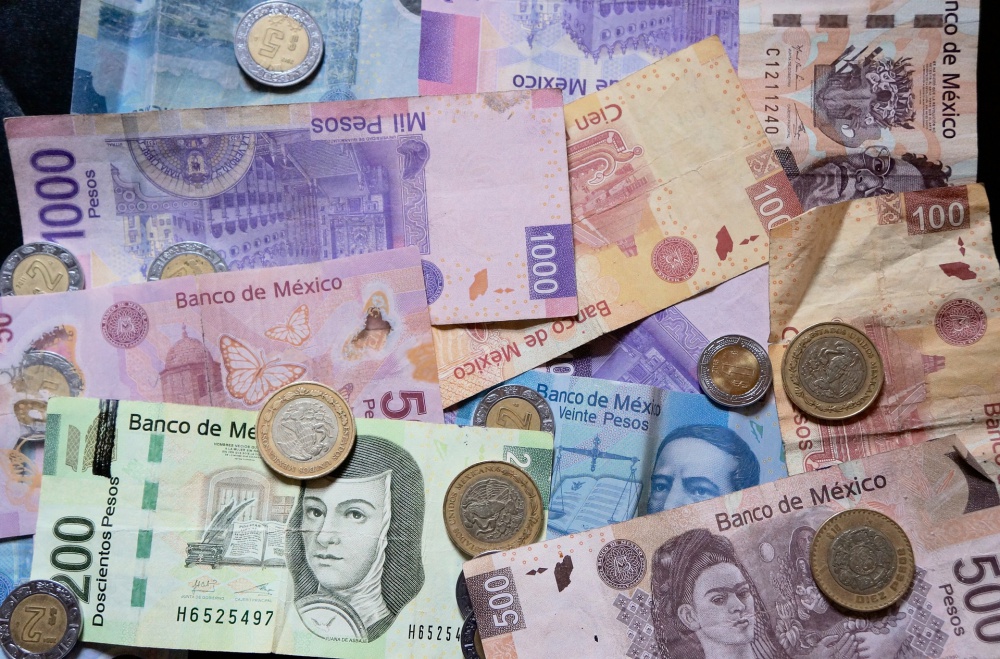Mexico’s inflation accelerated more than expected in early June to move further above the central bank’s target, likely cementing a second straight pause by Banco de Mexico at a rate meeting on Thursday, June 20th.
Consumer prices rose 4.78% in the first two weeks of the month from a year earlier, above the 4.73% median estimate of analysts in a Bloomberg survey and up from the 4.59% increase in the prior two-week period.
Core inflation, which excludes volatile items such as food and fuel, accelerated to 4.17% from 4.11% in the prior reading, coming in slightly lower than the 4.18% estimate. The central bank targets inflation at 3%, plus or minus one percentage point.
Food items, such as bananas and oranges, led the list of contributors to inflation in the two weeks, as drought has affected growers. Services inflation, a particular concern for central bankers, also remained stubbornly high.
“It was worse than expected because the reported increase in the fruits and vegetables component was much greater than anticipated,” said Jessica Roldan, chief economist at Casa de Bolsa Finamex. “That can last for longer not only because of the prolonged period of dry weather that we’ve seen, but because in the future other factors — such as stronger rains in parts of the country — could also affect crops.”
Analysts surveyed by Citibanamex initially forecast that the central bank would cut rates after a pause in May left the key rate at 11%. Now, they’re predicting that the bank will wait until September to decide whether to cut as consumer prices continue to rise above the 3% target, and inflation expectations remain above that level too, affected both by summer spending and climate issues.
Additionally, the central bank must now also consider the upside risks to inflation from the peso’s depreciation, after a post-June 2 election rout sent the currency tumbling to a 15-month low.
Governor Victoria Rodriguez had said Banco de Mexico, as the bank is known, has the tools to intervene if necessary, but added that the bank does not target an optimum rate for the peso.
The inflation data comes as Mexico faces a slowing economy, but the volatility of the peso could adjust investors’ inflation expectations and force the hand of the central bank.
CLICK HERE TO READ THE COMPLETE ORIGINAL ARTICLE ON BLOOMBERG
San Miguel Times
Newsroom

